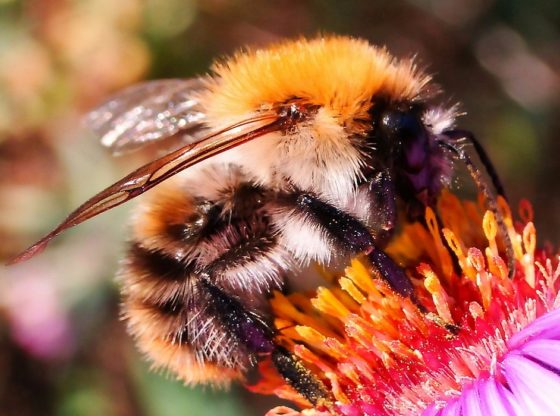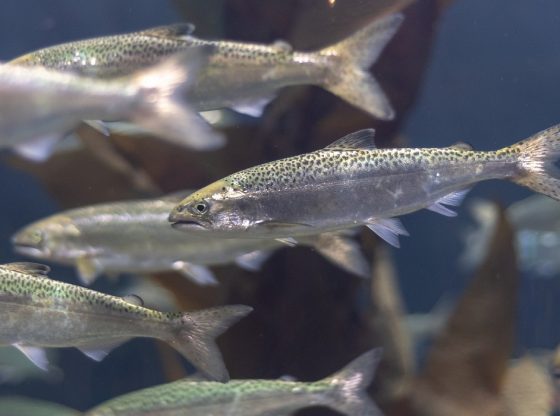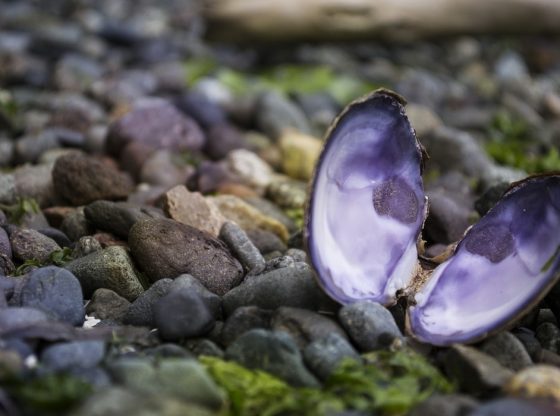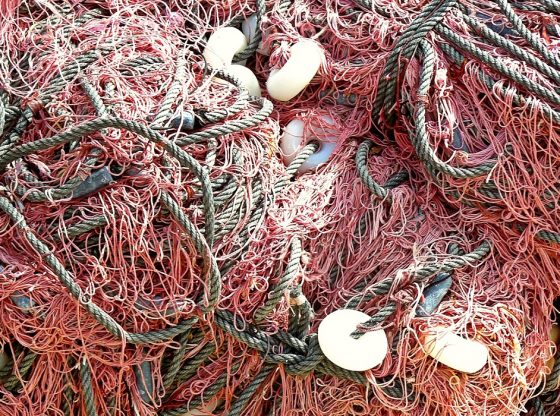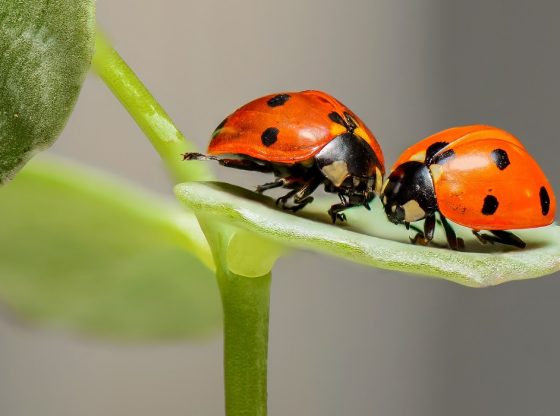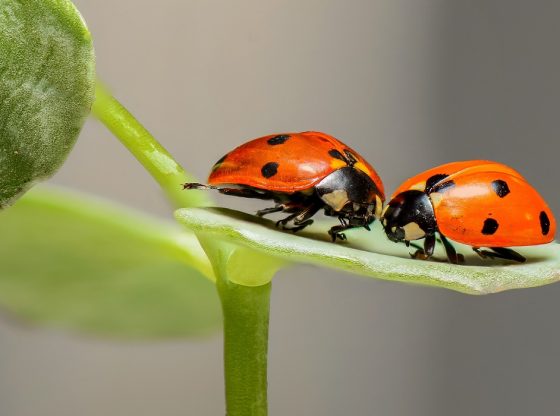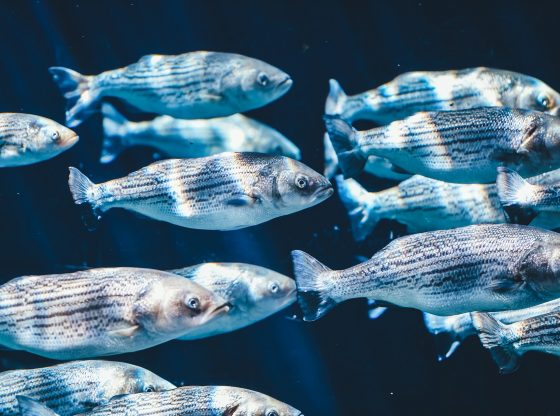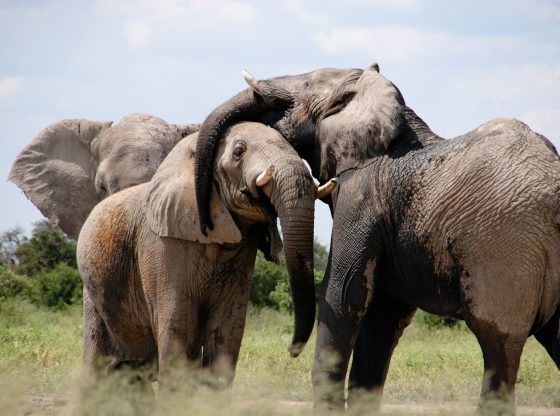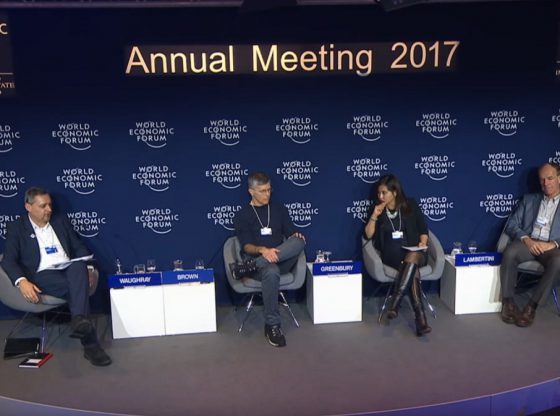Environmental degradation has reached the last untouched areas on the planet – the deep sea. A new study shows disturbingly high levels of environmental toxins in small animals at the deep depths of the Pacific Ocean.
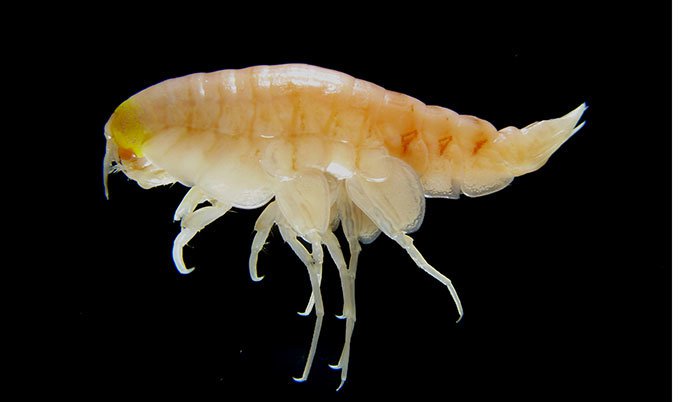
It is known that certain pollutants have spread down into the depths of the sea, but it has been unclear how big the problem really is. A new study sheds light on this, in the complete darkness at the depth of 10,000 meters (32,808 feet), a team of British researchers has explored two deep sea trenches in the Pacific, the Mariana Trench east of the Philippines, and Kermadec Trench north of New Zealand.
Kermadec Trench is 10,047 meters deep and the Mariana Trench is even deeper, at a depth of 11,033 meters, it is the deepest place on Earth. The researchers explored the deep sea darkness with unmanned crafts that examined various small animals, primarily crustaceans.
They found extremely high levels of organic pollutants known as POPs (Persistent Organic Pollutants) in crayfish tissue. These pollutants include PCB, a generic name for a certain type of persistent substances, polychlorinated biphenyls, found in various industrial chemicals now banned in many countries.
The animals also contained high levels of polybrominated diphenyl ethers, a type of substance pollutant used as flame retardants in insulation materials, electronics, plastic products, textiles and rubber cables.
The levels of these toxins are comparable to one of the worst polluted industrial zones in the Pacific, the Suruga Bay on Japan’s east coast. The question is; where do these pollutants come from and how were they able to accumulate in these remote deep sea creatures?
The scientists suspect that most of the pollution originates from plastic waste which disintegrated in shallow waters and then descended into the deep sea. These microplastics then ended up on the seabed and were consumed by crustaceans.
That animals perceive plastics as edible is often seen among birds, fish and ocean mammals. Besides issues concerning constipation and behavioral changes, plastics can also provide a feeling of satiety, which in itself can be fatal.
How these pollutants affect the crustaceans are yet unknown but given what we know about PCBs and PBDEs, there is probably reason to be concerned about this development.
The study Bioaccumulation of persistent organic pollutants in the deepest ocean fauna has been published in Nature, Ecology and Evolution
Reference:
Alan J. Jamieson, Tamas Malkocs, Stuart B. Piertney Bioaccumulation of persistent organic pollutants in the deepest ocean fauna doi:10.1038/s41559-016-0051

